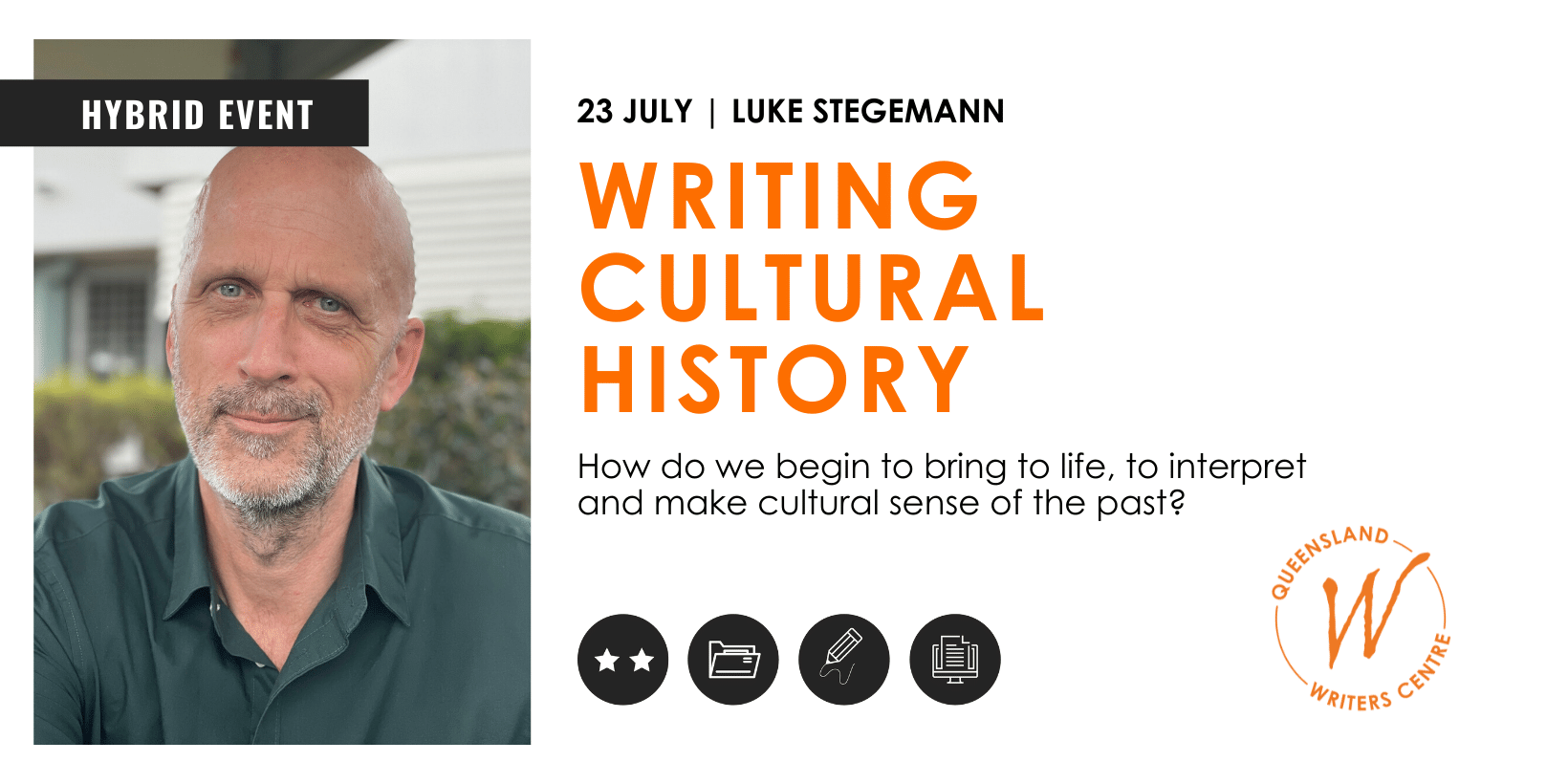Writing Cultural History - Luke Stegemann
Making sense of the past is one of the most urgent tasks our society faces, for the past is also the present. A dry analysis is not enough for most readers, who engage better with narratives and story-telling that bring our different cultural perspectives and experiences to life.
I was drawn into writing cultural history perhaps by accident, or simply by following my own preferences; by this I mean it was not a carefully planned decision, nor did it arise as the result of any tertiary studies. As a lifelong reader across two languages, it seemed to me that this way of coming to know ‘the meaning of things’ was the most suitable and logical for my own interests. Fiction took me too far from the tangible and real; academic analysis I found too burdened with jargon by which one immediately limits one’s potential readership. Writing cultural history through narrative non-fiction allows one not only to deepen an understanding of the past and how it leads to and manifests in the present, but is also a genre flexible enough to permit creative flourishes, literary experiments and deviations that can add colour and vitality to accounts of the past.
Then, what is cultural history? Like all things, how we answer this question will depend on our starting point. As a general and workable definition, however, we can understand cultural history as being the account of how we came to live the way and believe the things we do. What are all the paths that have led us to now, and how have they shaped our world, from deeply held traditional beliefs to the most trivial cultural artefacts? Obviously, in increasingly diverse societies such as Australia, the paths are effectively without number, crossing here and crossing there, sometimes remaining distant.
For writers, this offers extraordinarily rich terrain for exploration. Cultural history is a broad and increasingly popular genre, asking us to explore the origins and development of our social, cultural and intellectual landscape. Why do we believe what we do, and how do those beliefs affect the way we lead our modern lives, conduct our professional and personal relationships, and interact meaningfully with a complex world? In attempting to answer these questions, we are able to draw on the full cultural richness of the past and its infinite and layered stories, being always aware of the need to handle differing perspectives with the nuance and respect they deserve.
Above all, a story needs to be told. My aim for this practical workshop on Writing Cultural History is to encourage writers, at any stage of their development, to think about their craft, the kinds of evidence they might draw upon, examine their possible biases and consider the ethics of making judgements on past lives, as part of a broader appreciation of the requirements of writing engaging and rewarding work. And to bring all these elements together within the framework of a compelling story.
Luke Stegemann is a writer and cultural historian based in southeast Queensland. He has written on art, politics and history for a wide range of Australian and Spanish publications. Luke is the author of The Beautiful Obscure (2017) and Amnesia Road: Landscape, Violence and Memory (2021). This work won the 2021 QLA Non-Fiction award, the NIB Literary Award and was a runner-up in the NSW Premier’s Prize for Australian History. In 2018, Luke received the Premio Malaspina in recognition of his ‘outstanding contribution to the development of cultural relations between Australia and Spain’.
Book in for Writing Cultural History: Technique, Style & Ethics on Saturday, 23 July at Queensland Writers Centre and online.
Luke Stegemann joins Queensland Writers Centre this July to present the workshop Writing Cultural History: Technique, Style & Ethics.


